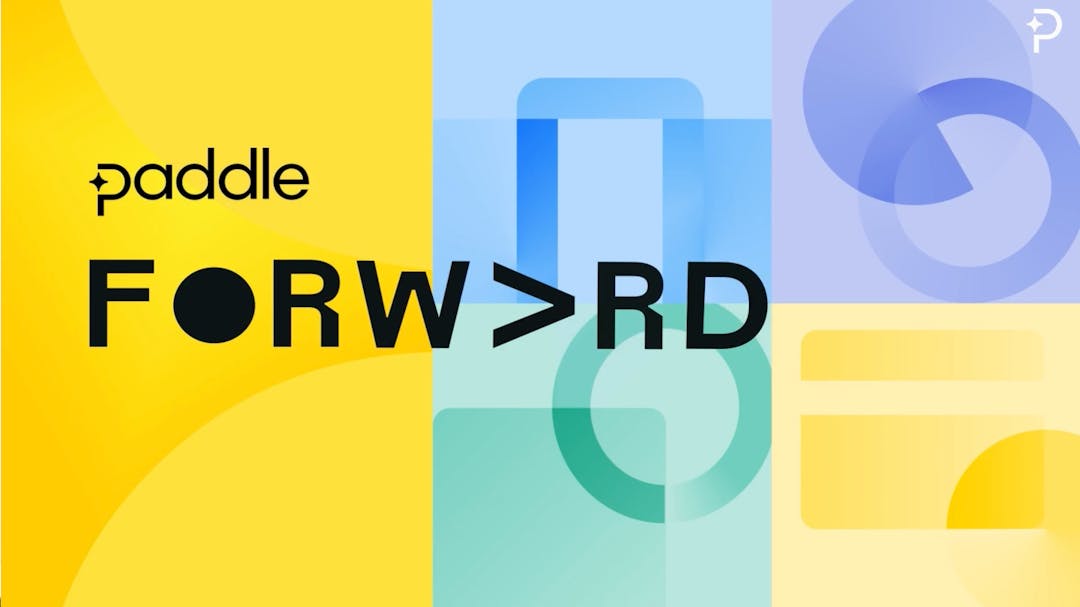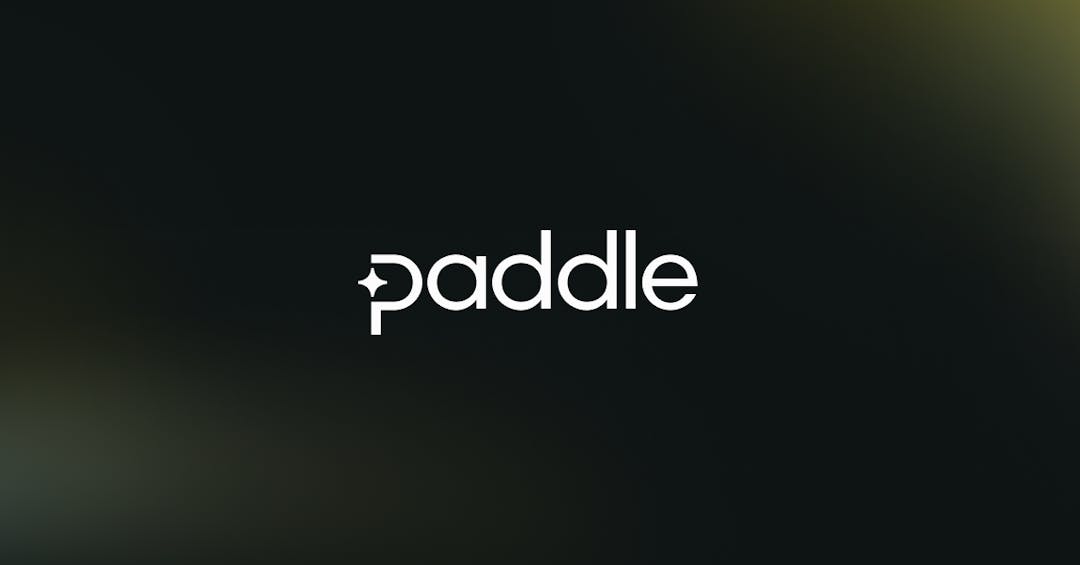To sell globally, you’ve got to think locally. 🌎
Our latest product updates are designed to make it easier for businesses to convert global customers by selling according to local payment conventions.
Last week, we hosted a webinar to introduce both our three new payment methods , as well as our email localization product update. Paddle CEO, Christian Owens, along with Principal Product Manager, Mike and Product Manager, Dom talked us through why localization is important, its key challenges, and how Paddle makes it far easier for you to put into practice.
In case you missed it, or if you just fancy a reminder, here’s the run-through:
Why is localization important for growing a SaaS business?
Selling software online means selling to a global market by default. In other words, you’re already selling to customers around the world, whether you mean to or not.
To best monetize your offering around the world, you need three things:
1) To be sales tax compliant on a global scale
2) To take payments in local currencies and via the payment methods that your international customers expect to pay with
3) And to speak to your customers in their native language – from their first click on your website through to post-checkout communications
1) Introducing iDEAL, Google Pay and Alipay
1) Google Pay : A digital wallet with more than 150 million users
- As another digital wallet, like our PayPal and Apple Pay options, it lets customers store their credit and debit cards, then use Google Pay to quickly checkout without needing to manually put in their payment details every time.
- We already offer its counterpart Apple Pay, and Google Pay became a sensible addition to provide a broader range of global payment options.
2) iDEAL : The most popular payment in the Netherlands where it’s based
- This interbank system allows customers to select their online bank account to instantly transfer payments, and is supported by all major Dutch banks.
- iDEAL is the dominant payment option within the Netherlands, which is itself a popular market for many European software sellers.
3) Alipay : A must-have payment option, especially if you’re selling into China
- It has over a billion users, including 81% of Chinese consumers
- Alipay has been one of the most requested payment methods at Paddle, with many software sellers increasingly targeting sales from China. So it became an obvious choice to enable, to help sellers make this regional play.
Alongside cards, which are always on, GooglePay, and iDEAL can be turned on with the click of a button - same with Apple Pay, PayPal and wire transfers (which are automatically reconciled). You can do this from the Checkout Settings section of the Paddle dashboard.
Alipay is in Early Access, which means it’s only available to some software sellers, based on criteria that we share in our docs. In the meantime, please apply via the Alipay page . If you meet the criteria then you’ll be able to turn this on with a checkbox. Easy.
But we’re not stopping there. Our aim in the coming year is to launch even more payment options. Direct debit is one that is repeatedly requested which we’re looking into. Plus we want to make some of our one-time payment options recur, so they can be used for subscriptions. Including those revealed here today. These are priorities for us going into the new year as we build out better subscription functionality and more payment options.
2) Email localization with new languages
We’ve already talked about the global nature of selling SaaS, and a major consideration when selling internationally is language.
Only 26% of internet users globally use English as their preferred language online, with 19% Chinese, 8% Spanish… See what we mean?
Paddle Checkout is localized in the 16 supported languages on the Paddle platform and what we've seen is that 35% of traffic to the Paddle Checkout is actually in the 15 languages other than English. This got us thinking about how we can improve the post-purchase buyer experience because all of our emails were in English. So from the webinar onwards, all of our emails have been and will be automatically translated in those same 16 languages.
The newly translated emails cover all stages of a customer’s purchase journey, including one-time product emails, new subscription emails, pre-billing and enhancement notifications, as well as fulfillment and recovery emails.
Just like our payment methods update, we are going to continue building on this and our localization offering in the future.




